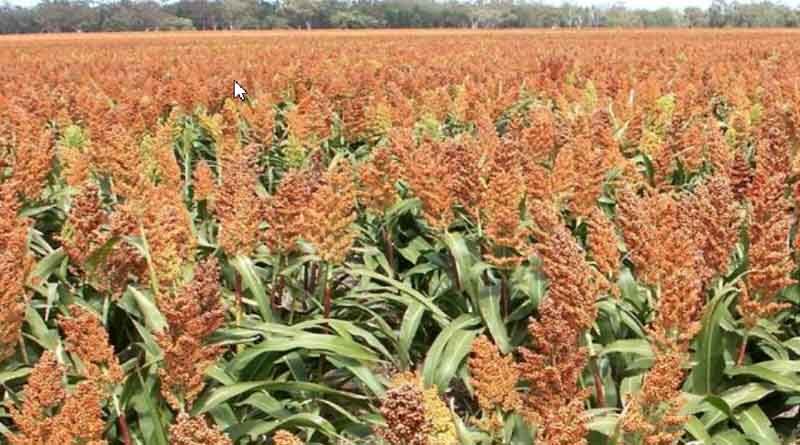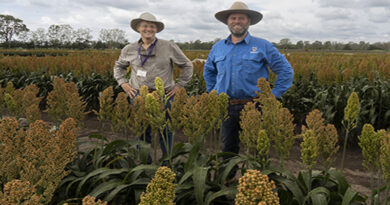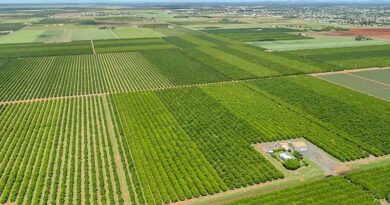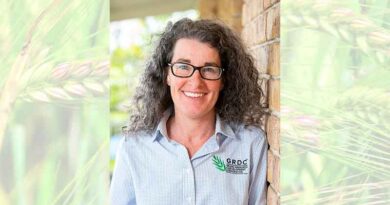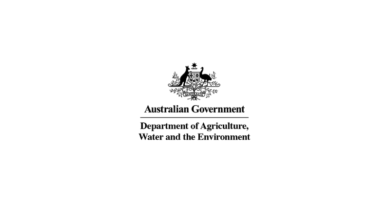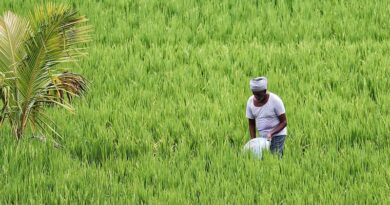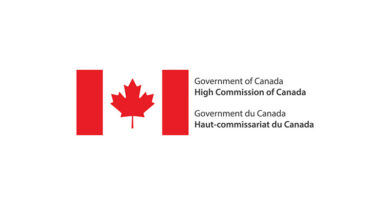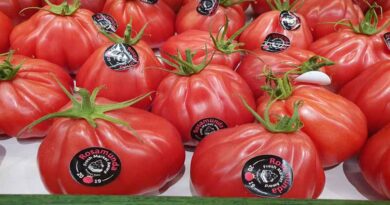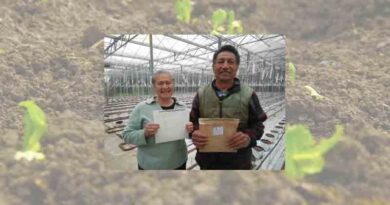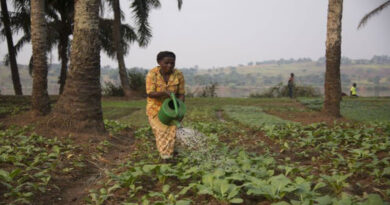Summer sorghum window on the horizon for northern growers
09 September 2022, AU: Growers in the north eager to capitalise on summer cropping opportunities this season should be testing soil temperatures now to determine whether they can take advantage of early sowing opportunities.
The summer cropping area in the northern region is expected to increase this year, with many growers missing out on planting their full winter cropping area or losing young crops to waterlogging due to ongoing wet conditions over the past few months.
The Grains Research and Development Corporation (GRDC) has invested in extensive research to improve the agronomic guidelines of summer cropping in the north and has developed ways to mitigate the high risk of heat and moisture stress during flowering.
Through numerous trials conducted by the University of Queensland, NSW Department of Primary Industries (NSW DPI) and Queensland Department of Agriculture and Fisheries, research has indicated the most effective way to avoid heat stress during flowering for summer crops, particularly sorghum, is to shift sowing windows to earlier in the season.
NSW DPI Research Agronomist, Loretta Serafin says traditionally, optimal soil temperatures for sorghum planting have been between 16 to 18 degrees.
“The downside to that has been that growers have been unable to avoid their crops flowering at peak temperatures during summer – causing significant yield loss from moisture and heat stress,” she says.
“Our research, through extensive trials, has shown there are opportunities to plant sorghum when the soil’s as cold as 12 degrees as long as temperatures are rising for the following seven days.
“When testing the soil temperature, it’s advised growers wait to plant until their soil is recording 12 degrees at a minimum (tested at 8am) at intended seeding depth,” she says.
“Growers should also be looking at the seven day forecast for the rest of the week to help determine whether temperatures will continue to rise which is highly desirable.”
Ms Serafin says the concept of planting sorghum earlier to avoid grain fill in the peak of summer has been a popular concept with northern growers, with many trialling earlier sowing times on their farms.
“This could be of particular interest this year to growers who were unable to plant their entire winter cropping regime and are looking to utilise full soil profiles and generate cash flow before next year’s winter season,” she says.
“There’s also an opportunity for growers to look at planting sorghum earlier and having the crop harvested prior to winter sowing. Having the sorghum harvested earlier would give the soil profile time to fill again prior to winter sowing and growers would potentially be able to double crop the paddock into chickpeas.”
Ms Serafin says while an earlier summer planting window definitely gives growers an opportunity to balance risk, it doesn’t mitigate the potential for heat stress entirely.
“The important thing to note is you can never totally eliminate the risk of heat stress in summer crops – in some cases, growers will still hit a hot period when the crop is flowering despite planting earlier but it helps to balance the risk.”
“Some growers will opt to plant some of their crops earlier and some in the traditional window, which will help split the risk across the season.
“The point of this research is to give growers options with their summer cropping decisions and what best suits their farming operations.”
Ms Serafin says growers looking to plant sorghum early need to consider weed management as a priority, as it’s harder to manage winter weeds in a summer cropping situation.
“Growers need to look at what could be germinating in their summer cropping paddocks and the risk of whether they’d be able to manage them.”
GRDC manager agronomy, soils and farming systems, Dr John Rochecouste says GRDC has made a commitment to invest in research to help growers address and adapt to a changing climate.
“GRDC has invested significantly in responding to climate change and looking at how it could alter growers’ productions,” he says.
“Especially in a season like northern growers are facing now, we need to assist them in making the most out of a full soil profile and taking advantage of cropping opportunities when they arise to help improve their bottom lines.
“This work is an example of how we support growers in making more informed agronomic decisions that help benefit farming productions all year round.”
Also Read: FMC India introduces three new products for pest management and soil fertility
(For Latest Agriculture News & Updates, follow Krishak Jagat on Google News)

